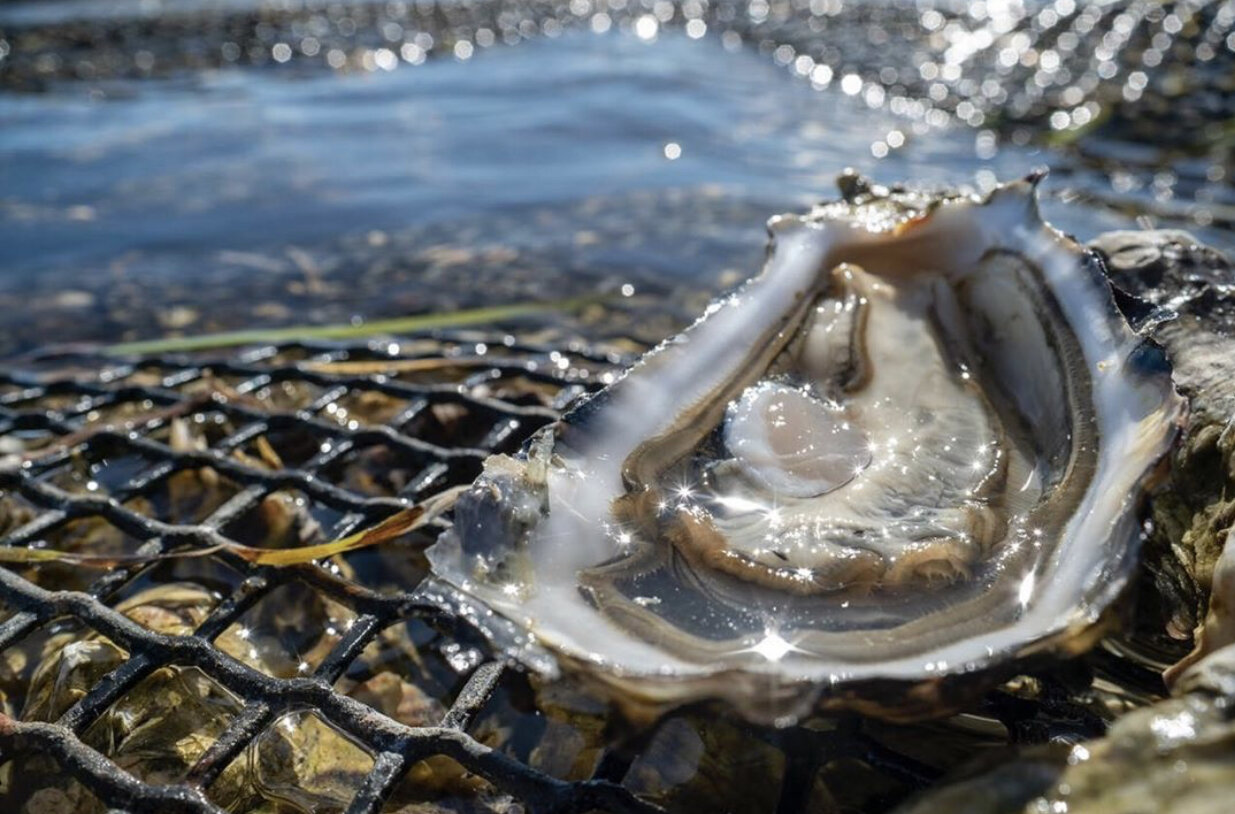How Climate Change Impacts Oysters
When it comes to climate change, the first thing that typically comes to mind for most people is carbon dioxide emissions. As humans emit more greenhouse gas into the atmosphere, the Earth gets warmer resulting in climate change. Something that is often overlooked is how climate change impacts our oceans and the beautiful creatures that inhabit them, like our Sanctuary Oysters.
The water in the ocean absorbs the carbon dioxide (CO2) we produce, and it turns into carbonic acid (H2CO3) in a phenomenon called ocean acidification. As climate change worsens, the ocean becomes increasingly more acidic.
As humans disrupt the fragile water chemistry that oysters and other shelled seafood species are used to, it’ll become more difficult for them to survive because they will struggle to develop and maintain their shells.
Ocean acidification poses a serious threat to our impeccable oysters, which is why sound environmental stewardship is at the forefront of all our endeavors. It is crucial for corporations and individuals to take substantial steps in preventing and reversing the effects of climate change before the damage to our magnificent oysters and the ecosystem they live in becomes irreversible.
It is not all doom and gloom though! Like forests or mangroves, oysters act as carbon pools. In fact, to build their shells, oysters bind calcium, carbon, and oxygen forming calcium carbonate. As the oyster grows, it pulls carbon and oxygen from the sea, ultimately these two elements will constitute 40% of the weight of an oyster’s shell. As a result, our precious oysters participate very actively in reducing the CO2 load present in the sea thereby slowing the acidification of the oceans.
In addition, oysters naturally filter the ocean. On average, a single oyster can filter up to 30 gallons of water per day. Just by nature of sourcing their food through filter-feeding, oysters are simultaneously cleaning the ocean while they sustain themselves. In doing so, they not only improve the quality of the ocean water but also help other organisms in the ecosystem thrive.
At Sanctuary Oysters, we are committed to operating with the best environmental practices. We use recyclable plastic masters for packaging and work with our third-party logistics to determine more efficient practices including the use of energy efficient vehicles. We are proud to share that our oysters offset twice the CO2 emitted by our production activities.
If you’re interested in learning more about our environmental practices, shoot us an email at info@solazul.com.mx.
Sources:
https://www.whoi.edu/know-your-ocean/ocean-topics/ocean-chemistry/ocean-acidification/
https://www.sciencedaily.com/releases/2019/08/190806101549.htm

